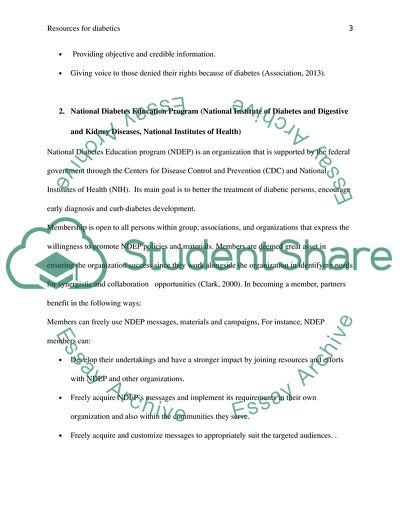Cite this document
(Find 3 community/national resources for diabetics. Identify the Essay, n.d.)
Find 3 community/national resources for diabetics. Identify the Essay. https://studentshare.org/medical-science/1812803-promoting-early-diagnosis-and-treatment-of-type-2-diabetes
Find 3 community/national resources for diabetics. Identify the Essay. https://studentshare.org/medical-science/1812803-promoting-early-diagnosis-and-treatment-of-type-2-diabetes
(Find 3 community/National Resources for Diabetics. Identify the Essay)
Find 3 community/National Resources for Diabetics. Identify the Essay. https://studentshare.org/medical-science/1812803-promoting-early-diagnosis-and-treatment-of-type-2-diabetes.
Find 3 community/National Resources for Diabetics. Identify the Essay. https://studentshare.org/medical-science/1812803-promoting-early-diagnosis-and-treatment-of-type-2-diabetes.
“Find 3 community/National Resources for Diabetics. Identify the Essay”. https://studentshare.org/medical-science/1812803-promoting-early-diagnosis-and-treatment-of-type-2-diabetes.


